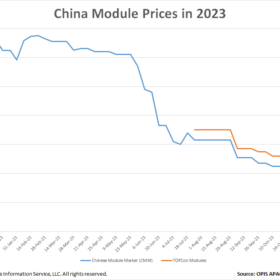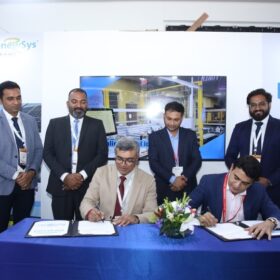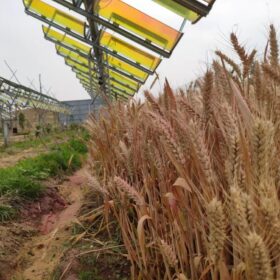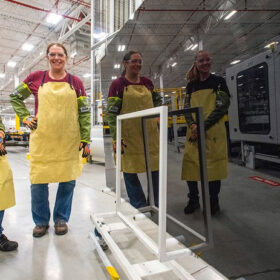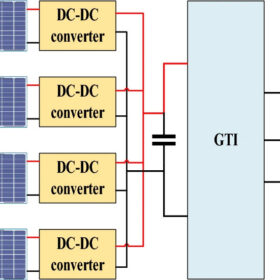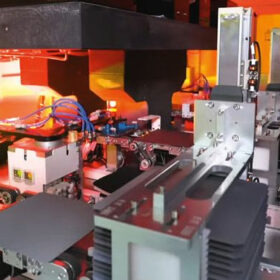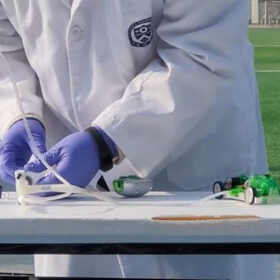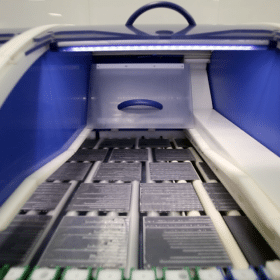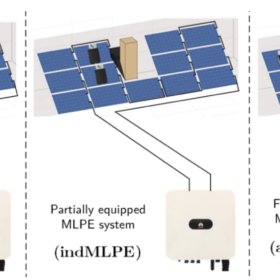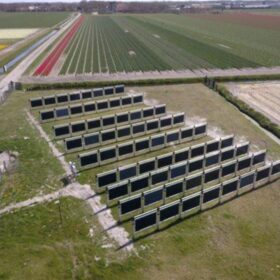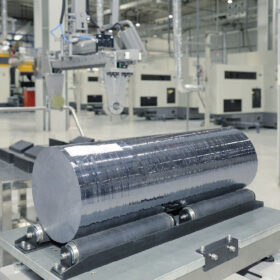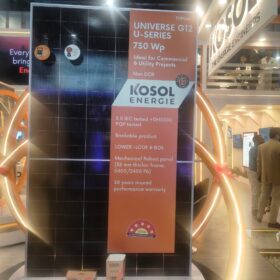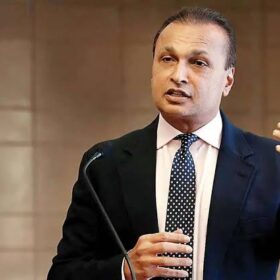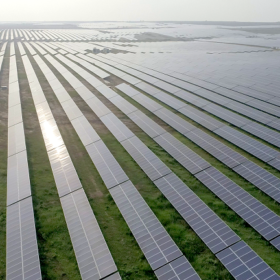China module prices hit record lows, operating rates estimated around 60%
In a new weekly update for pv magazine, OPIS, a Dow Jones company, provides a quick look at the main price trends in the global PV industry.
RenewSys secures 100 MW solar module supply contract with Engie India
RenewSys will supply 100 MW of monocrystalline bifacial glass-backsheet modules for Engie India’s GUVNL 2 solar project.
Agrivoltaic system achieves 9.9% efficiency, LCOE of $0.033/kWh
Researchers in China have built a prototype of a spectral-splitting concentrator agrivoltaic system (SCAPV) with a PV efficiency of 9.9, a hybrid light-use efficiency rating of 9.05%, and a levelized cost of energy (LCOE) of $0.033/kWh.
Weekend Read: The fruitful search for other thin films
First Solar and its cadmium telluride (CdTe) technology dominate thin-film solar in the mainstream market. Valerie Thompson looks at the US-based business and the future of thin-film PV technology.
New MPPT approach for multi-string PV systems under partial shading
Egyptian researchers have developed a multi-string PV system with a converter control strategy, achieving 99.81% efficiency with a direct duty cycle for maximum power point tracking (MPPT).
The overproduction conundrum
Solar manufacturing capacity has been ramping up so quickly that even impressive installation growth cannot keep pace. Molly Morgan, senior research analyst at UK-based research firm Exawatt, explores the relationship between PV supply and demand and assesses the likelihood of overproduction.
Algae photovoltaics for hydrogen production
South Korea researchers have developed a cell by merging green algae with carbon nanofibers, in order to generate 9.5 W per cell and achieve a peak efficiency of 0.9%. They claim this is enough to power a micro-generation system for hydrogen production.
Websol’s 600 MW solar cell line to start production in January
Websol Energy Systems is setting up a 600 MW mono PERC solar cell line and plans to scale it to 1.8 GW in the future. It said the new line will start production in January next year.
Maximizing photovoltaic system performance: Insights on partial shading and power electronics
Optimizing PV systems in partial shading conditions presents a multifaceted challenge, demanding a comprehensive understanding of the interplay between power electronics and PV technology. Shading scenarios exert a significant influence on system performance, with practical insights tailored to various shading conditions, offering guidance for stakeholders in PV planning. Collaborative efforts within the PV industry are directed at enhancing planning tools, seeking to streamline and improve the accuracy of PV system designs, and ultimately contribute to a more sustainable energy future.
Researchers shed light on mysterious, higher energy yields in vertical PV systems
Scientists in the Netherlands have sought to understand the reason for unexpected gains in vertical PV systems and found that these installations have a much higher heat transfer coefficient than their horizontally deployed counterparts.
